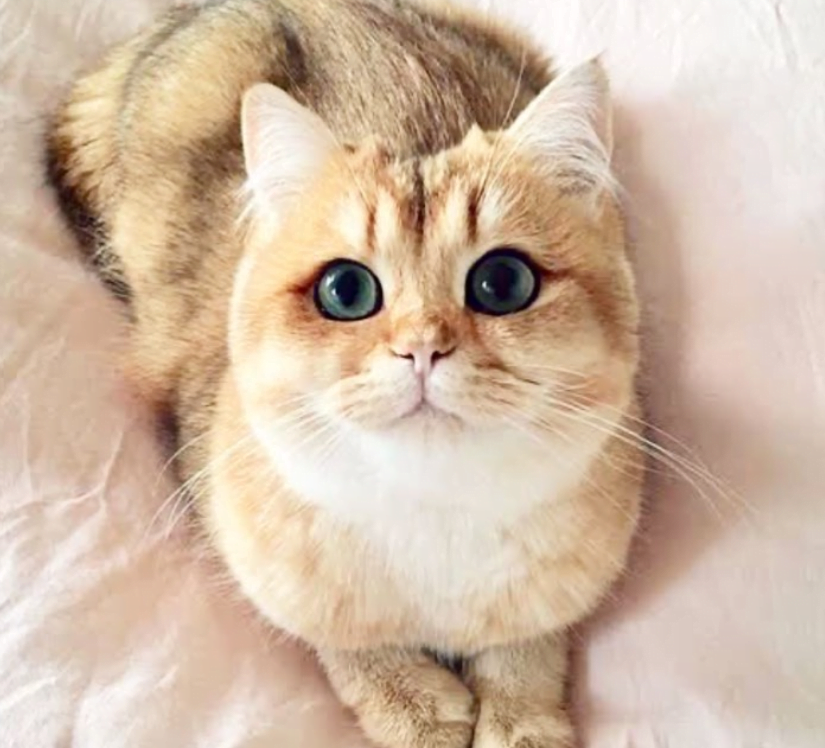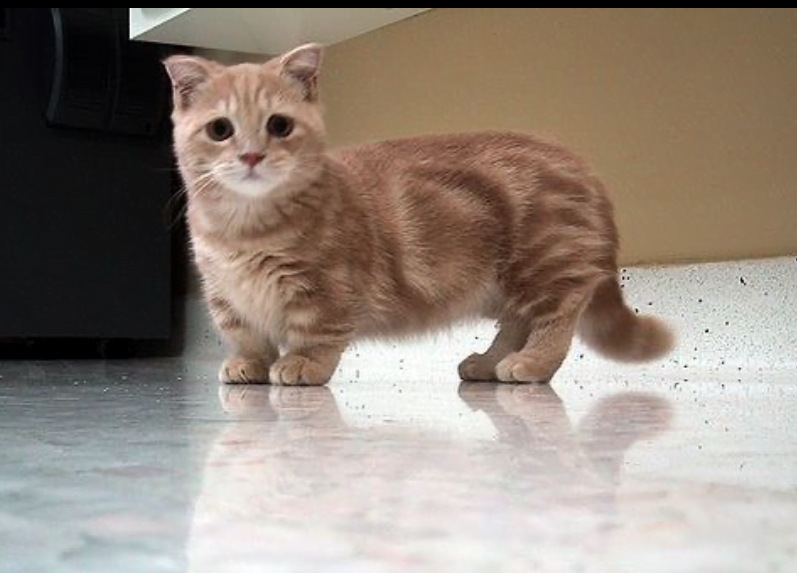Welcome to the fascinating world of cats! These enigmatic and graceful creatures have captured the hearts of humans for centuries with their unique charm and mysterious behaviors. In this compilation of fun facts about cats, we delve into the intriguing aspects of feline life that will leave you astonished and entertained. From their dental development and genetic connections to tigers to their astonishing physical abilities and extraordinary senses, cats amaze us in numerous ways.
We’ll explore their playful nature and historical significance and uncover some unexpected truths about these beloved companions. So, prepare to be delighted and enlightened as we unravel the captivating and amusing world of cats through these fun facts.
Whether you’re a lifelong cat lover or simply curious about these gorgeous creatures, you’re in for a treat as we embark on this journey of discovery. Let’s dive into the extraordinary realm of feline wonders and uncover the delightful secrets that make cats remarkable.
Fun Facts About Cats
Here are the fun facts about cats:
- Kittens have 26 deciduous teeth, replaced by 30 permanent teeth as they grow into adult cats. Regular dental cleanings are crucial for their dental health.
- House cats share an astonishing 95.6% of their genetic makeup with tigers. In fact, they possess a similar genetic composition and exhibit similar behaviors. For instance, they engage in activities such as scent marking and pouncing.
- Cats can leap up to 5 times their height, showcasing their impressive jumping ability.
- House cats can reach speeds of about 30 mph over short distances, surpassing the speed of superstar runner Usain Bolt in a 200-meter dash.
- When cats position their rear end near your face, it shows trust and security, indicating they feel safe around you.
- Cats can have a dominant front paw, with male cats tending to favor their left foot and female cats having a dominant right paw.
- Most cats have 18 toes, with five on their front and four on their back paws. However, some cats are born with extra toes due to polydactylism.
- The oldest recorded cat, Creme Puff, lived an incredible 38 years and three days, residing with her owner in Austin, Texas.
- Cats have 32 muscles in each ear, allowing them to swivel their ears and detect the precise source of a sound. They can rotate their ears up to 180 degrees.
- Although nearsighted, cats have superior peripheral and night vision compared to humans.
Amazing Fun Facts About Cats
- Whiskers on a cat serve as touch receptors, deeply embedded in the body and connected to the muscular and nervous systems. They help cats detect changes in their surroundings.
- Cats have whiskers on their face and the back of their front legs.
- The world’s wealthiest cat, Blackie, inherited a fortune of £7 million or $12.5 million, completely bypassing any human family members in the will.
- Cats have been domesticated for thousands of years, with the oldest known pet cat living around 9,500 years ago.
- Female cats can become pregnant as young as 4 to 6 months, emphasizing the importance of early spaying and neutering to prevent overpopulation.
- Abraham Lincoln, the 16th President of the United States, was a cat lover and would spend hours playing with them in the White House.
- A group of kittens is commonly called a litter but can also be called a “kindle.”
- Cats are famous for their sleep habits, spending an average of 15 hours per day sleeping, which amounts to around 70% of their lives.
- If a family’s cat passed away, relatives would shave their eyebrows in mourning. Cats were also sometimes mummified and buried in tombs with their owners.

Image Source: Instagram @fun_facts_about_cats_
Facts About Cats Behaviour
- Cats can be very picky when it comes to their water dishes; some choose to entirely ignore them and instead choose to drink from the sink faucet.
- Allogrooming is the practice of cats grooming other cats and occasionally even people.
Cats have a propensity to sleep on things that smell like their owners, such pillows and soiled clothing. - Cats prefer napping in laundry hampers because they provide hiding locations with peep holes.
- Cats frequently leap and attack your ankles when they are bored.
- Unexpectedly, some cats enjoy eating unusual foods like olives, potato chips, and even the hops in beer.
- Citrus scents seem to turn cats off for some reason.
- Since boxes and bags are some of your cat’s favorite hiding places, it is worth looking inside them if you can’t find them.
- Male cats may use strange actions, such as sliding down chimneys, to approach a female in heat.
- A lot of cats like to lick their owners’ just-washed hair.
- Some cats are drawn to the chlorine odor.
- Cats are notorious for being thieving creatures, frequently stealing items like plush animals, feather dusters, or anything resembling prey.
- Cats can choose to mate with their siblings because they do not have an incest taboo.
- Male cats are more sensitive to catnip than female cats, while young kittens don’t react.
- Like people, cats, too, have dreams.
- Blue-eyed white cats are more prone to hearing loss.
- In contrast to dogs, cats will wag their tails as a warning sign that you are upsetting or annoying them.

Image Source: Instagram @realcatfacts
READ ALSO: Fun Facts About Guinea Pigs: From Squeaks To Chews
Cats Communication Ways
- Cats play, not attacking, when they playfully swat you with their retracted claws.
- A cat showing its butt to your face signifies trust and friendship.
- The position of a cat’s whiskers accurately predicts its mood. Cats extend their whiskers forward when hunting and pull them back when they are terrified.
- As a sign of friendship, cats often cover humans, dogs, or other cats with their tails.
- According to experts, the cat that hisses during a catfight is usually weaker.
- A cat coming toward you with a straight tail that almost vibrates shows it is happy to see you.
- Kneading, often known as “making biscuits,” is a gesture of satisfaction and joy in cats. When breastfeeding, they engage in this action to encourage their mothers’ milk production.
- Cats have evolved the meowing behavior specifically to interact with people.
- It’s not always a request for a belly rub when a cat rolls over and exposes its tummy. It is an indication of comfort and confidence.
- “Want to play?” a playful cat with a tail in the form of a question mark asks.
- Cats refer to a leisurely blink as a “kitty kiss,” which represents trust and contentment.
- With its owner, each cat has a distinct “vocabulary” of vocalizations, purrs, and actions.
- Compared to dogs, who only have 10 vocalizations, cats have a diverse vocal repertoire of up to 100.
- Cats may feel threatened if you make close eye contact with them.
- Cats use the smell glands on their faces and bodies to rub against you to designate you as their territory.
- Similar to a “talk to the hand” motion, cats may yawn to indicate that an altercation with another animal is over.
- Cats hiss as a form of self-defense to signal “stay away.” They may hiss out of fear, tension, or discomfort.










